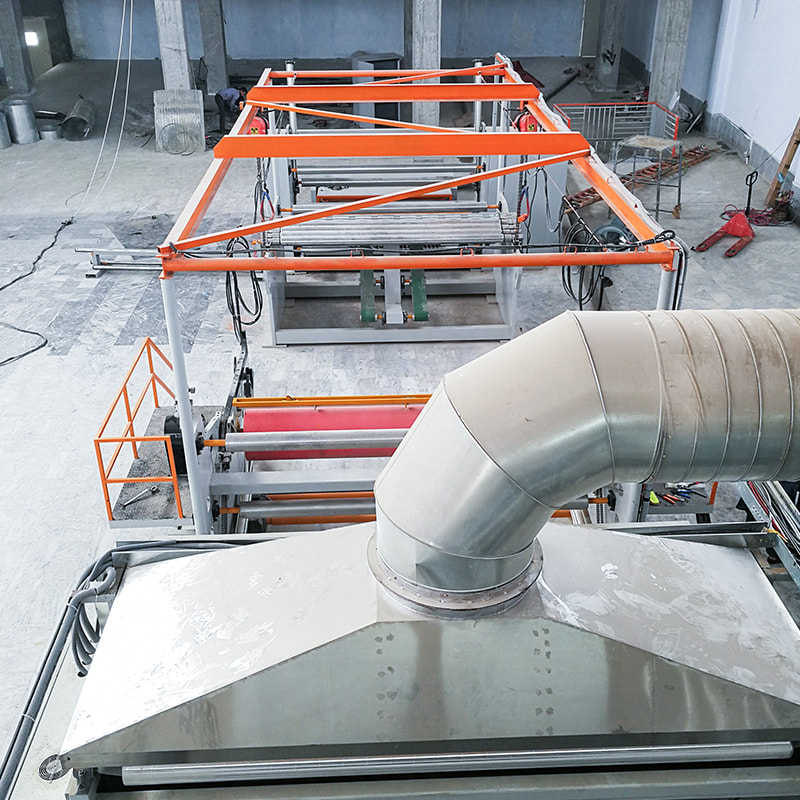Understanding Nonwoven Technology: A Deep Dive into SS Spunbond Machines
Nonwoven technology has emerged as a significant player in the textile industry, providing innovative solutions for a wide range of applications. Among the various types of nonwoven machines, the Double Beam Spunbond machine stands out for its efficiency, versatility, and capability to produce high-quality nonwoven fabrics. This technology employs a unique process where continuous filaments are extruded and laid down to create a fabric without the need for weaving or knitting. By understanding the principles behind SS spunbond machines, manufacturers can leverage their advantages to meet the growing demand for nonwoven materials in various sectors.
At the heart of SS spunbond technology lies the process of spun-laying, where molten polypropylene is extruded through spinnerets to form continuous filaments. These filaments are then cooled and laid down on a moving conveyor belt, where they undergo a hot-rolling process. This innovative approach enables the production of fabrics with varying weights and properties, typically ranging from 9 to 100 grams per square meter (GSM). The ability to adjust the filament denier—ranging from 1.8 to 2.5—further enhances the versatility of the fabric produced. This flexibility makes SS spunbond machines suitable for a wide array of applications, including medical textiles, hygiene products, agricultural covers, and packaging materials.
The commercial value of SS spunbond machines is noteworthy. With the increasing demand for sustainable and eco-friendly products, the nonwoven industry has experienced significant growth. Nonwoven fabrics are often preferred for their lightweight, breathable, and durable characteristics, which are essential in applications such as face masks and diaper top layers. The ability to incorporate additives like color masterbatches, antioxidants, and fire retardants allows manufacturers to produce fabrics tailored for specific market needs. This adaptability not only meets consumer preferences but also opens avenues for companies to explore niche markets and expand their product offerings.

Moreover, the operational efficiency of SS spunbond machines plays a crucial role in maximizing productivity. These machines can operate at impressive speeds, ranging from 9 to 350 meters per minute, allowing manufacturers to produce large volumes of nonwoven fabric—typically between 6 to 20 tons, depending on the effective width of the machine. The required workplace size of approximately 35m x 20m x 12m accommodates the machinery and production processes, making it a feasible investment for many companies looking to enter or expand within the nonwoven fabric market. The labor requirements, with just eight workers needed per shift, also highlight the efficiency of the production process, ensuring that operational costs remain manageable.
Historically, nonwoven fabrics have evolved from simple fabric substitutes to high-performance materials utilized in various industries. The journey of nonwoven technology, particularly SS spunbond, illustrates how innovations have transformed traditional manufacturing methods. As the industry continues to adapt to changing consumer preferences and regulatory standards, the role of SS spunbond machines will become increasingly vital. Their capacity to produce fabrics that meet stringent quality requirements while also being environmentally friendly positions them as a cornerstone in the evolution of nonwoven technology.







 English
English 中文简体
中文简体 русский
русский عربى
عربى





